
If you’ve decided to be more active (and get a little stress relief), save money, and feel like you’re doing something to help the environment by no longer relying on your car to get to the office, you may be wondering how to commute to work on a bike and still look polished. We recently received a question from Reader M, who asked:
Can you do a post on professional attire for bike commuters with minimal resources? There has to be a better way than my bursting waterproof backpack, folded blazer, messy hair, and muddy shoes.
Specific issues:
– Keep dress shoes clean.
– Waterproof/helmetproof hairstyle.
– Managing sweat, rain, etc.
– Keeping my suit/dress clean.
– No cabinets to store spare clothes, hair tools, etc.
– Bike stays at a public outdoor park & ride so I must carry all my saddlebags & supplies all day.
It’s been quite a while since we’ve talked about biking to work (we’ve also discussed more specific topics like backpacks for commuting, how to stay cool on your commute, and how to lighten your load), so today we’re sharing advice from me — a lawyer in a midsize Midwestern city who rides a bike for exercise and occasionally commutes to the office by bike — and Corporette® reader (and CMoms writer) April, who has commuted to work on bike both in NYC (because it was faster than public transit) and to the train in New Jersey (both for the exercise and to enjoy the outdoors).
This post contains affiliate links and Corporette® may earn commissions for purchases made through links in this post. For more details see here. Thank you so much for your support!
Here are some key tips on safety, equipment, where to store your bike, how to plan for a smooth ride, and other tips for how to commute to work on a bike:
Remember: Safety First
“Safety is number one,” says April. “ALWAYS wear a helmet, learn the rules of the road, don’t bike with headphones in, yield to cars, always assume cars CAN’T see you, anticipate pedestrians stepping off curbs, attach a bell to warn people or don’t be afraid to use your voice.” Speaking of yielding to cars, I still remember the season of The Real World that featured a bike messenger — it clearly showed that car doors can be a bike rider’s worst enemy — and I still get nervous when passing parked cars, just in case the person inside decides to open the door into the bike lane without looking first.
Even though bikes can range in cost from a couple hundred dollars into the thousands, most bike accessories with safety in mind are extremely affordable. Bike bells start at about $5 at Amazon, and lights available as a set of front and rear for as low as $24, according to this roundup from Bicycling. Of course, like any sport or hobby, there are more expensive versions of these accessories, as well as GPS guidance and cameras.
Another safety concern is weather — always check the weather forecast before heading out. If it’s is going to be too cold or if there’s rain in the forecast, bring proper rain gear, wear layers, and take a change of clothes for when you get to your destination. (It’s OK to skip a day or two if it doesn’t seem safe; see below for an article about riding year-round, even in extreme weather.)
How to Choose a Bike
April prefers a Dutch-style commuter bike with a low step-over bar, higher handlebars and a larger seat for comfort, and a wire basket in front. “I chose that bike because I’m not a super skilled biker, so I wanted to be able to step off of it easily,” she says. “No clip-in pedals or leaning over the handlebars for me, thanks. It is a good bike for paved roads and if you don’t have to lift it. It’s somewhat heavy and has larger tires (but not so large like a beach cruiser). I was looking for ease of ride mostly.”
Meanwhile, I appreciate my single-speed. Compared with a previous mountain bike, it’s extremely light for long rides around town, but it wouldn’t necessarily be an ideal commuting bike with its high bar and limited space to add a basket or other accessories to carry extra gear to or from the office. But for someone more used to this kind of bike, it’s good for a workout on mostly level, smooth surfaces during dry riding conditions.
If you’re not sure which type of bike is right for you, there are several factors to consider, including cost, your comfort level on different styles of bikes (high bar, low bar, kickstand, no kickstand, tire tread, etc.), and what accessories are already included (or can be easily added). The best way to know if a bike is a good fit is to ride it for yourself. If you have a bike shop in your area, they’ll be able to best match you to a bike and might provide you with a loaner. They might also have good suggestions on where to find the best path — whether it’s via bike lanes or less-traveled city streets. However, there are also several bikes available to ship directly to your home on Amazon and other outlets. Some brands even include deals with local bike shops who’ll put the bike together and adjust it for you if you don’t feel comfortable assembling it yourself.
For commuting, also consider fenders that’ll protect you and your clothes from extra mud and water that sprays up from the road. If your bike doesn’t have fenders, you’ll likely get grease on your legs/clothing, which is never a good look for the office and doesn’t wash out easily. (My bike doesn’t have fenders — and I have the permanent grease stains to prove it.)
If you’ll be riding between dusk and dawn, also be sure to have a headlight and a tail light — many states require at least a front light, including New York, California, and Illinois. A quick internet search can find removable accessories that can be attached with just velcro strips if you’re not comfortable with making permanent alterations. See articles below for more suggestions about specific equipment.
How to Store Your Bike
“The locking was one of the biggest sources of anxiety for me both in the city and leaving my bike at the train station all day,” says April. “If my bike were to ever be stolen, I could walk home from each commute, but if you’re biking farther than walking distance, then be sure to have a back up plan.” It’s worth noting that it may also be an option to bring your bike (or part of it, like a wheel) inside with you.
To learn about your options for bike parking, check around at the office with your building manager to see if there is a private space to store your bike, or if it is OK to keep it in your office. Some cities even have gyms that cater to bike commuters, including bike valets, while some parking garages offer areas that are reserved for bikes.
Make Sure to Plan Ahead
Of course, it’s easier if you can just “dress on the casual side of business casual,” like April would, but the articles about bike commuting we’ve included below suggest either bringing an outfit in your bag to change when you get to the office, or keeping a spare outfit at the office just in case. It’s also a good idea to wait until you get to the office to apply makeup (or choose waterproof makeup for your bike commute). Because of the extra time it’ll take you to freshen up, it goes without saying you’ll have to plan extra time for the commute. There is also the option of bringing some extra face wipes or whatever you prefer to wash your face for a quick clean-up when you get to work.
“I felt like biking took a lot of foresight… into what I would wear, getting my bike ready to roll out the door, the weather, the clothes, whether I was going to court. To my logical brain, sometimes it really was not worth the effort, but those perfect weather days where the wind is in your hair, you’re not squeezed into the subway like a sardine, and you get home in 5 minutes makes it worth it,” says April.
Readers, what are your thoughts on how to commute to work on a bike? If you’ve thought about riding commuting to work on a bike for a while but haven’t yet, what part is holding you back? If you’ve already been commuting to work on a bike, how’s it going? What have you done — or wish you had done differently? What part of biking to work appeals to you the most — the exercise, the environmental impact, or a hatred of other commuting options like long drives in traffic or hot overpacked subway cars?
Further reading:
- How To: Look Fresh After Your Commute [Total Women’s Cycling]
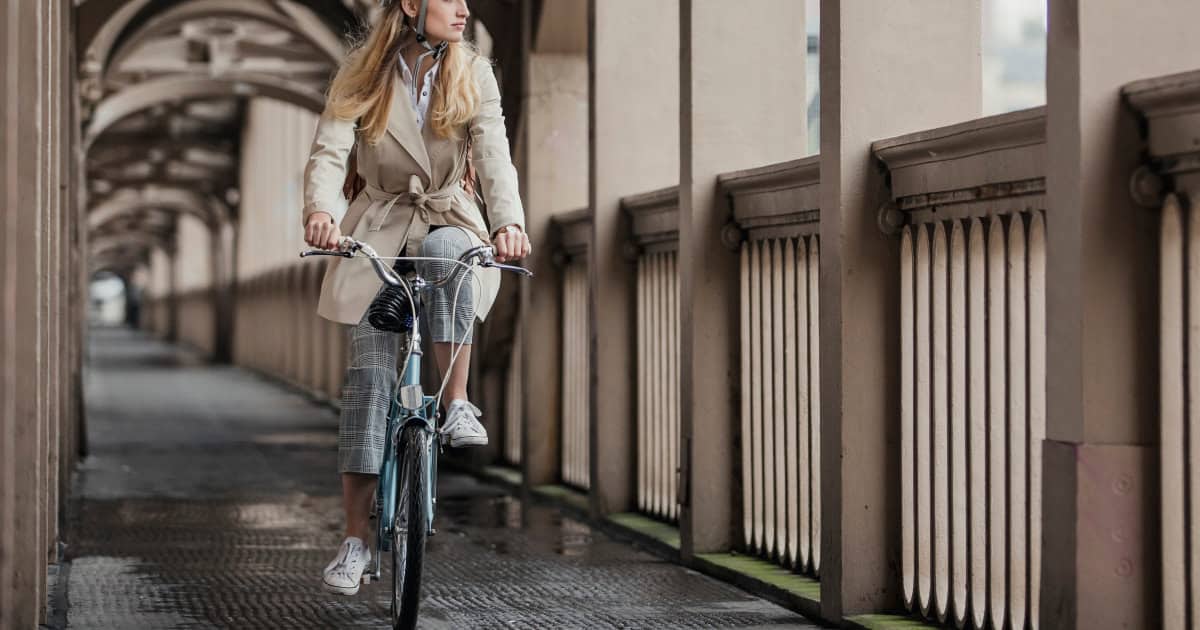
- Biking To Work: Clothes, Traffic, Your Route, Safety Tips, Parking & Locking, Biking Resources (PDF Brochure) [Chicagoland Bicycle Federation]
- The Working Woman’s Guide To Commuting By Bike In The Swampy Heat Of Summer [The Cut]
- Choosing Your First Commuter Bike: 5 Essential Things To Keep In Mind [Bike Citizen]
- 15 Smart Pieces of Gear for a Better Bike Commute [Mental Floss]
- Cycling in the Winter Rain — Tips From A Year-Round Bike Commuter In Portland, Oregon [Medium]
- 14 Commuter Pros Share Their Best Tips and Favorite Gear [Bicycling]
Pictured: Deposit Photos / DGLimages.
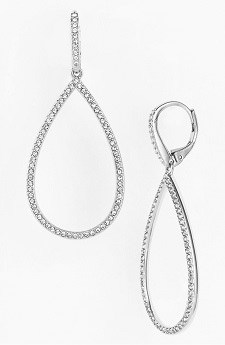 Something on your mind? Chat about it here.
Something on your mind? Chat about it here.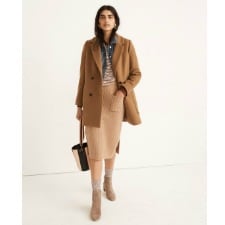
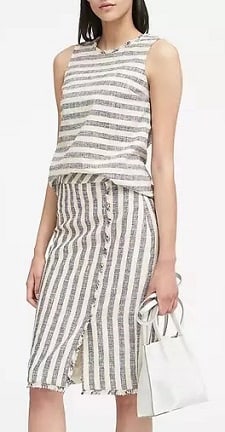
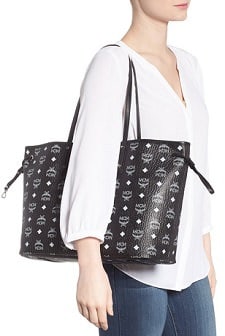 I’m generally not a “logo bag” kind of girl, but even I’ve noticed the huge popularity of MCM’s line of logo bags. Their leather is soft and supple in real life, and if you like the look they’re definitely more lux than the logo bags you see at suburban malls. If you’ve been ogling one, now is the time to strike: they’re part of the Nordstrom Anniversary Sale, with a shopper option (pictured) down to$429 (it’ll be $650 after the sale ends), as well as a more subtle
I’m generally not a “logo bag” kind of girl, but even I’ve noticed the huge popularity of MCM’s line of logo bags. Their leather is soft and supple in real life, and if you like the look they’re definitely more lux than the logo bags you see at suburban malls. If you’ve been ogling one, now is the time to strike: they’re part of the Nordstrom Anniversary Sale, with a shopper option (pictured) down to$429 (it’ll be $650 after the sale ends), as well as a more subtle 
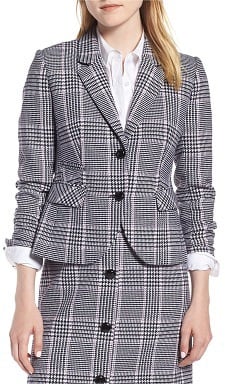

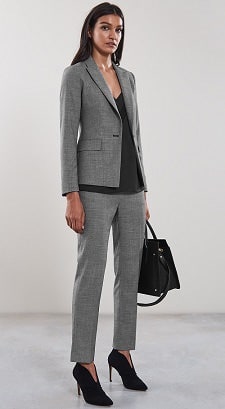
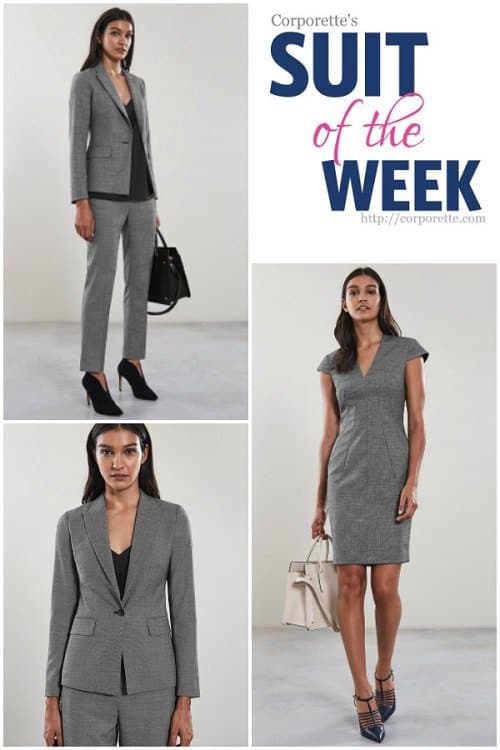
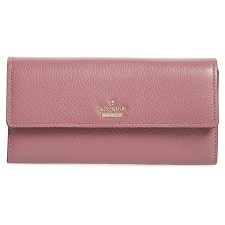
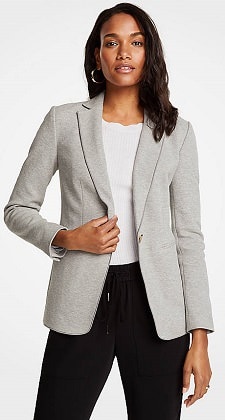
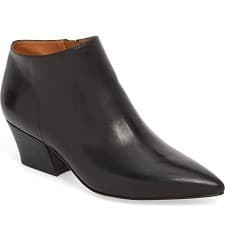
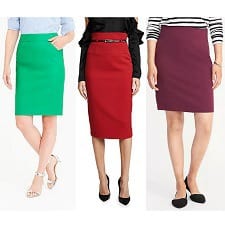 Sure, we all know what
Sure, we all know what  We haven’t done a hunt for pencil skirts in too long — what are your favorite pencil skirts for work these days, ladies? (Are you Team A-Line, Team Pencil, Team Dress, or Team Pants?) I’ve always been a fan of pencil skirts as a great structured basic — pair it with a low heel or sleek flat, pretty much any kind of top (blouse, fancy tee, pullover, cardigan) and a necklace or two and you’re good to go. If bare legs are OK at your office (know your office) then Jockey slipshorts or Spanx are great to wear beneath them — meanwhile check out our favorite tights for work as the weather gets colder. (We also have a Guide to Pantyhose, should you need them for interviews, very formal/big days, or if you just prefer pantyhose!) An important note on pencil skirts: don’t forget to cut the vents! Many pencil skirts come with a slit in the back, side, or front; this may be sewn shut with a loose little criss-crossed stitch.
We haven’t done a hunt for pencil skirts in too long — what are your favorite pencil skirts for work these days, ladies? (Are you Team A-Line, Team Pencil, Team Dress, or Team Pants?) I’ve always been a fan of pencil skirts as a great structured basic — pair it with a low heel or sleek flat, pretty much any kind of top (blouse, fancy tee, pullover, cardigan) and a necklace or two and you’re good to go. If bare legs are OK at your office (know your office) then Jockey slipshorts or Spanx are great to wear beneath them — meanwhile check out our favorite tights for work as the weather gets colder. (We also have a Guide to Pantyhose, should you need them for interviews, very formal/big days, or if you just prefer pantyhose!) An important note on pencil skirts: don’t forget to cut the vents! Many pencil skirts come with a slit in the back, side, or front; this may be sewn shut with a loose little criss-crossed stitch.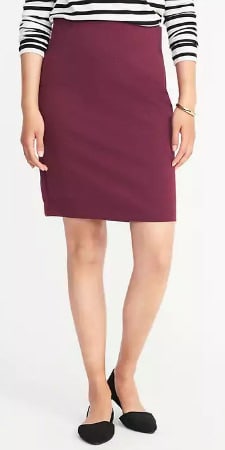
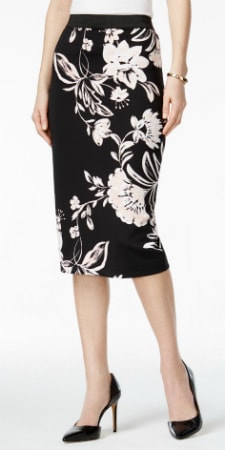
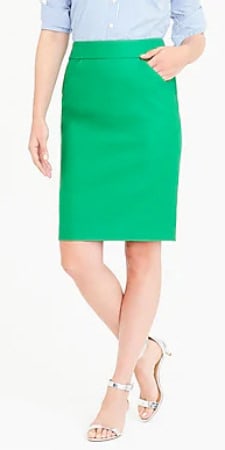
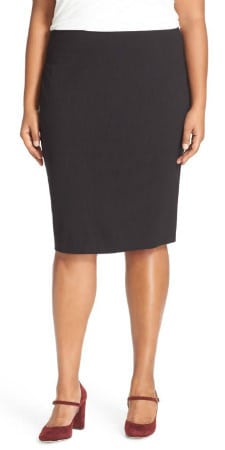
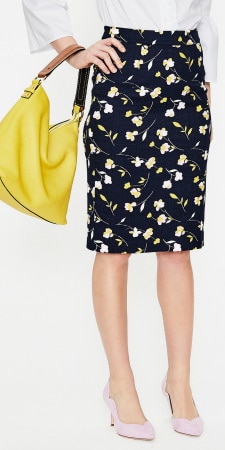
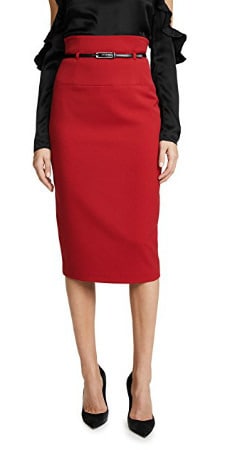
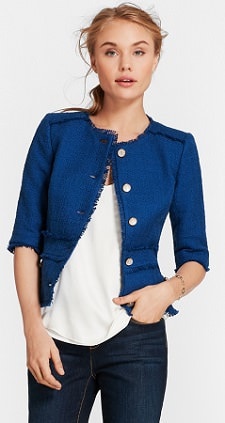
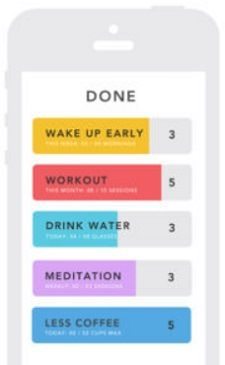
 With OCI week coming up at different schools, I thought now might be a great time to round up some of our interviewing resources, as well as to ask the readers — what are your best on-campus interview tips? Do you think on-campus interviews need a different set of skills than regular interviews? What’s the best interview advice you’ve ever gotten? If you’re coming up on OCI week, how are you prepping for it? If you’re on the other side and someone who interviews people for on-campus interviews, what are YOUR best tips?
With OCI week coming up at different schools, I thought now might be a great time to round up some of our interviewing resources, as well as to ask the readers — what are your best on-campus interview tips? Do you think on-campus interviews need a different set of skills than regular interviews? What’s the best interview advice you’ve ever gotten? If you’re coming up on OCI week, how are you prepping for it? If you’re on the other side and someone who interviews people for on-campus interviews, what are YOUR best tips? 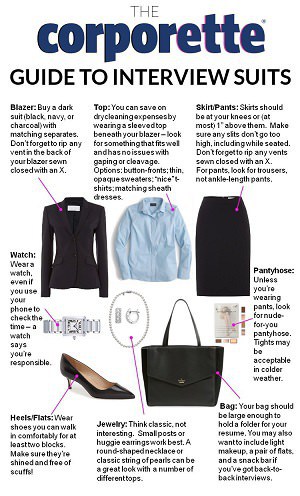
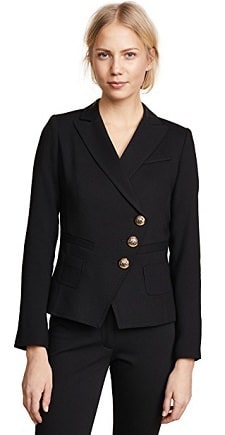

Follow Us
Were this world an endless plain, and by sailing eastward we could for ever reach new distances